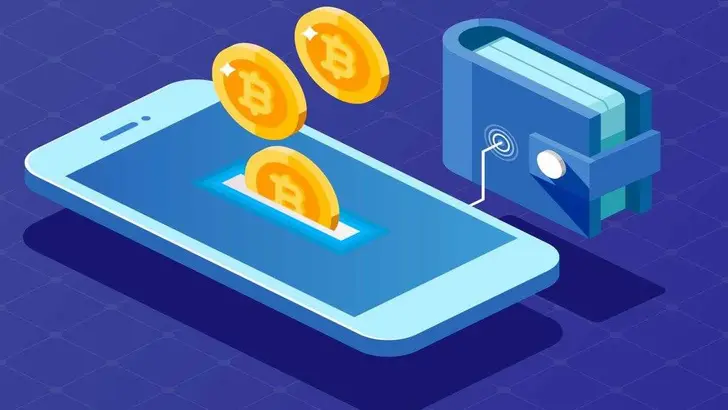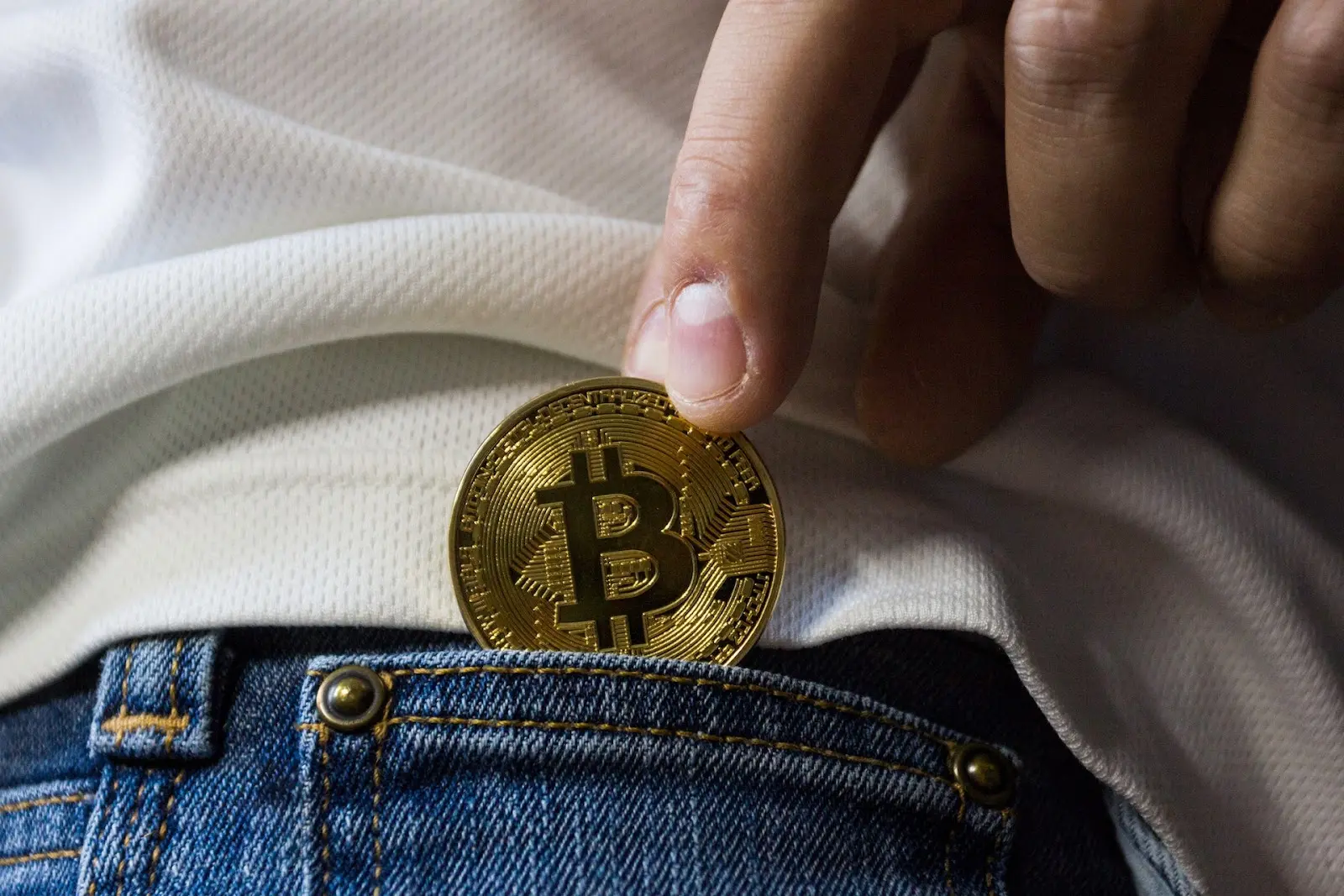What Is a Dead Wallet in Crypto? Meaning & Causes Explained

crypto wallets
In an attempt to bring the complex world of cryptocurrencies closer to the average user, jargon became one of the main tools of developers and investors alike. Among many terms such as “HODL,” “whales,” and “forks,” one that has always puzzled crypto enthusiasts is that of a dead wallet.
What is that all about? Do wallets get lost in action? Are there graveyards for dead wallets and missing cryptocurrencies? Or are they something entirely different?
If you’ve ever found yourself pondering about the nature of crypto wallets and whether they canexpire, get lost, or “die,” this article is for you. We’ll delve into the fickle world of cryptocurrency wallets to define precisely what a dead wallet is and whether we can do something about it. Strap in, and let’s get started!
What Is a Dead Wallet?

A dead wallet in the world of cryptocurrencies is one that has been dormant for an extended period of time. In essence, the funds are still there, but they just can’t be accessed any longer, or the owner has deliberately chosen not to do anything with their funds.
Before we explain the concept more thoroughly, let’s first establish what crypto wallets are in general. They are software solutions or hardware devices that allow users to safeguard and manage their cryptocurrencies. Every wallet features two key components:
- A public key (address) used to receive funds
- A private key used to prove ownership of the assets and authorize transactions
Blockchain uses cryptography for security, and the only way to access a wallet is with a private key. If it gets lost, it becomes impossible to access the funds. As a result, losing a private key is one of the most common ways a crypto wallet becomes dead.
However, sometimes, users deliberately leave their assets intact as long-term investments. In those cases, the wallets just appear to be dead when, instead, they can be reactivated whenever the owners transfer their assets or receive some more again.
There’s no defined time after which an inactive wallet is considered “dead.” If the blockchain explorer shows that there hasn’t been any activity for years, that is a strong indication of a dead wallet.
Lastly, dead wallets are not to be confused with burn wallets or NULL addresses. Burn wallets are specifically designed to facilitate the burning of tokens. They feature NULL addresses, which are empty so that nobody can access them, and are mostly used to enable proof-of-burn mechanisms.
Do Crypto Wallets Expire?
Crypto wallets don’t expire, meaning dead wallets aren’t simply gone. They are nothing like real-life wallets that can become worn out or ruined over time. Due to the permanent nature of the blockchain, once a wallet is created, it exists there permanently. The records of a public address and a private key are there for good.
This concept stands in contrast to what exists in the realm of traditional finance. For instance, bank accounts can get flagged for inactivity or even deactivated after some time. Before accessing them, users need to undergo activation processes or create new ones altogether.
The main characteristic of the blockchain, like Bitcoin or Ethereum, is that it’s a distributed and immutable ledger. Every piece of information about wallets and transactions is permanently recorded and stored on every device that participates in the network. As a result, it’s impossible to even deliberately delete a crypto wallet.
What can happen is for a software wallet to lose support and become outdated or for a hardware wallet to wear out or break down. But even then, if these were non-custodial wallets, users should be able to access their wallets and funds using their private keys or recovery seed phrases.
What Causes Dead Crypto Wallets?
Dead wallets don’t turn that way on their own. There are various occurrences that can render the assets on a wallet inaccessible, such as:
- Lost private keys. Private keys are generated when the wallet is created. In their raw form, they are 256 digits long, which makes them rather challenging to manage. Losing a private key renders a wallet useless, turning it into a dead wallet. On the other hand, storing these keys in hot wallets connected to the internet makes them prone to theft.
- Forgotten seed phrases. Many third-party wallets feature seed phrases (also known as mnemonic or recovery phrases). They can be strings of 12, 18, or 24 random words that grant access to a wallet once used. Their advantage over private keys is that they are easier to use. Still, losing them makes it impossible to access your funds.
- Death of the owner. Due to the inner workings of the blockchain and its focus on privacy and self-custody, there is no way to inherit crypto coins or tokens unless the previous owner has disclosed their secret keys. A somber reality is that if the owner has passed away without leaving instructions, their assets are likely lost forever.
- Intentional locking. Dead wallets aren’t always created by accidents or mishaps. Sometimes, individuals can intentionally destroy private keys to wallets with a decent amount of crypto assets for numerous reasons. That can be done to create scarcity, boost the community’s confidence in a project, and more.
It is estimated that around 30% of Bitcoin’s total supply is stored in dead wallets and lost forever. While users are much more careful with their funds today, it’s highly likely that this number is going to keep increasing, albeit at a much lower rate.
What Happens to Assets in Dead Wallets?

Assets in a dead wallet are usually lost forever. A dead wallet’s address remains visible to the public, and people can still use blockchain explorers to check out what crypto coins or tokens are stored in it. However, without a secret key, it’s virtually impossible to transfer those funds to another address.
Here’s a complete breakdown of what happens with assets in dead wallets:
- Permanent dormancy. Cryptocurrencies remain in dead wallets but are inactive. Since nobody has a private key, there’s no way to transfer, spend, or in any way use these funds. However, coins and tokens remain on the blockchain.
- Reduction in circulating supply. Since there’s no way to retrieve assets in dead wallets, the circulating supply is permanently reduced. With a diminished supply, the value of the remaining coins or tokens might go up due to the basic principles of supply and demand.
- Immutable transaction records. The entire history of assets that ended up in a dead wallet remains written in a blockchain. For instance, if a dead wallet contains ETH, crypto enthusiasts can use Etherscan to view the amount of coins stored in a wallet.
- Permanently lost value. You can think of assets in dead wallets as gold in sunken ships at the bottom of the ocean. While they exist, their value is lost forever, even when you count the deflationary aspect. That effect is particularly prominent in cryptocurrencies with a finite maximum supply, such as Bitcoin.
The Afterlife of Dead Wallets
The “afterlife” of dead wallets is a realm of permanent inactivity. Dead wallets will remain forever on the blockchain, with nobody being able to access or transfer funds on them.
At the moment, there’s not much use for these dead wallets. Cryptocurrency was developed in a way to prevent any form of hacking, and, at the moment, it’s all but impossible to hack the blockchain and recover secret keys.
Brute-force hacking a secret key with today’s computers would take millions, or even billions, of years. Chances are that quantum computers might change that in the future. A sufficiently powerful quantum computer might crack the code and allow users to recover assets from dead wallets. However, that would have huge ramifications for the crypto space in general.
That’s not to say dead wallets are completely useless. At the moment, some entities examine dead wallets to gather information about the actual circulating supply of certain cryptocurrencies. On the other end, blockchain analysts use big dead wallets as points of interest.
Key Takeaways
In a progressive world of cryptocurrencies, dead wallets stand as a crucial reminder. They talk about the importance of security and responsibility. Some dead wallets hold thousands, if not millions, of dollars worth of digital assets.
If there’s one thing to learn from this, it’s to properly set up your wallet and carefully store your seed phrase. If your wallet isn’t working, that doesn’t mean it’s dead. As long as you have your recovery phrase, you’ll have access to your funds!